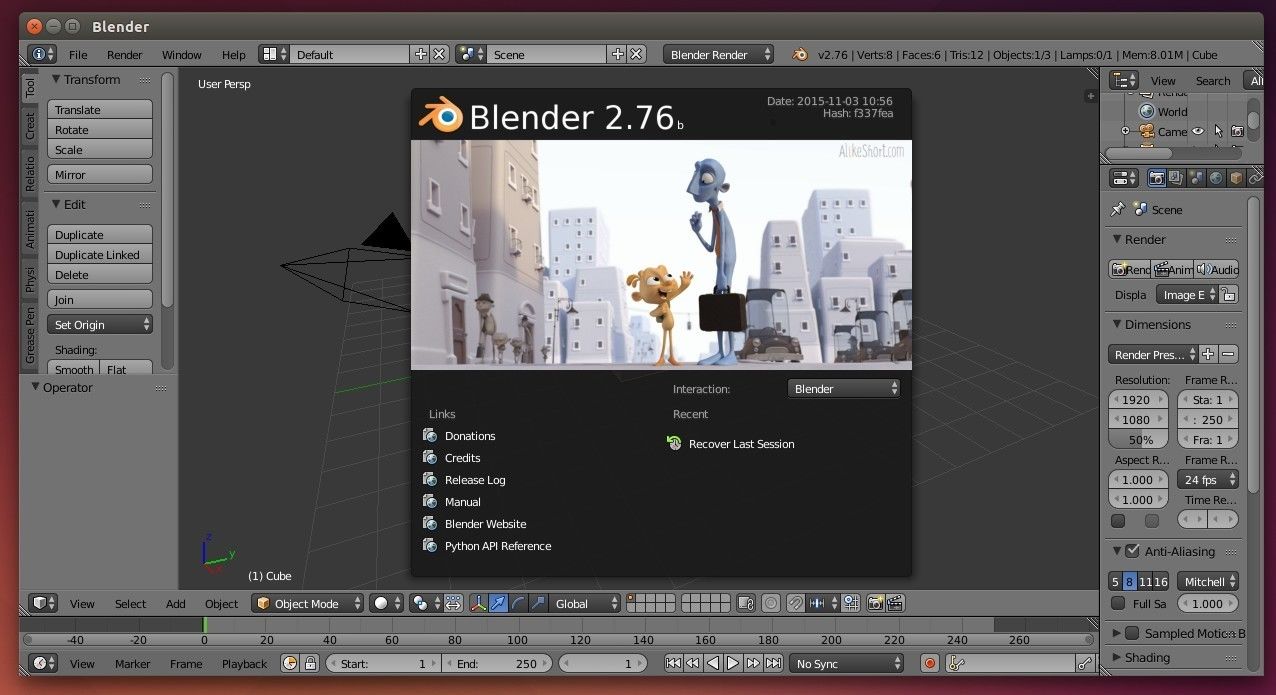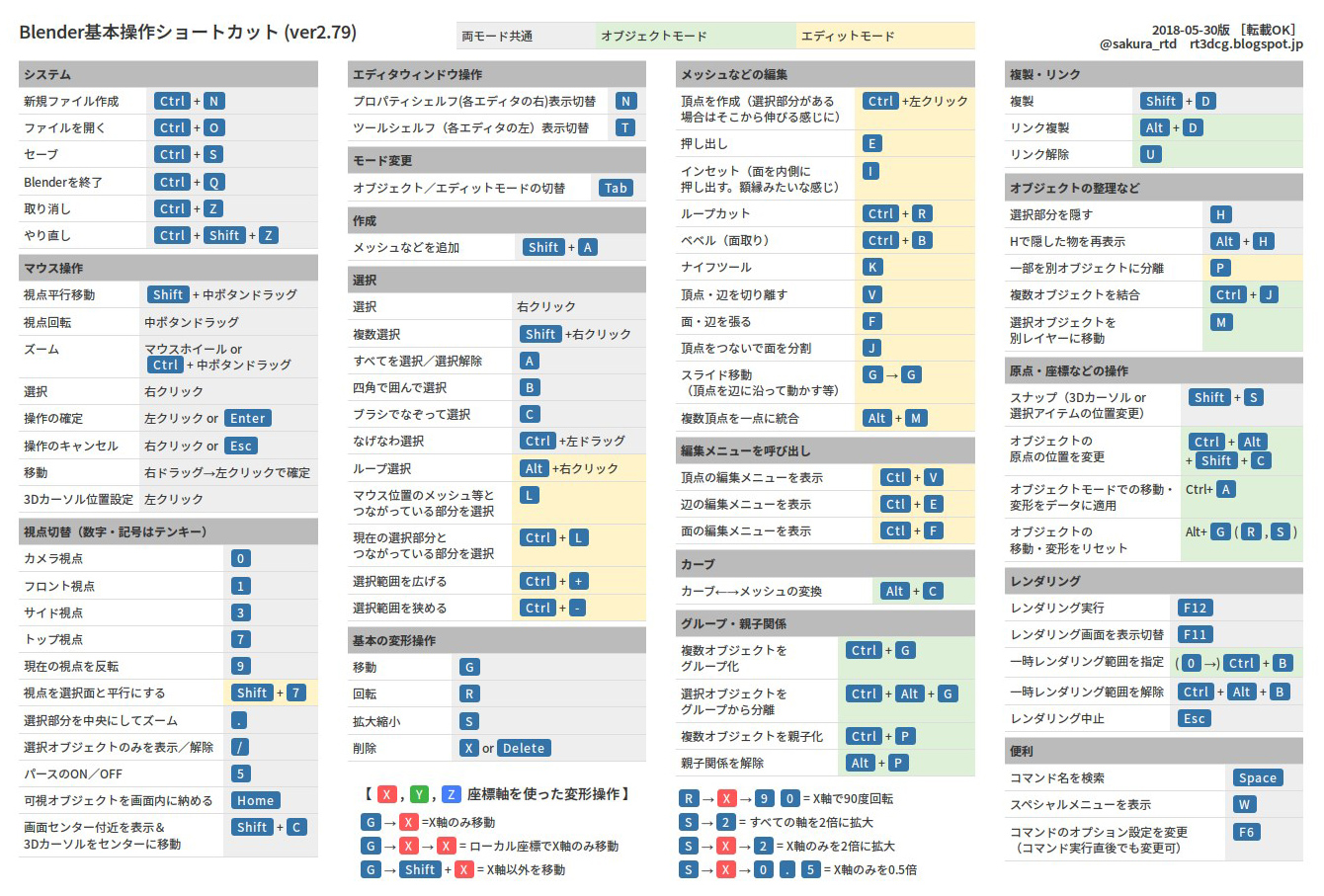
From there you can easily see how few samples you need to get extremely clean results.

This also applies to the "Viewport Shading: Rendered" option if you also choose the "Diffuse Color" pass. Here's an example that was rendered with only 16 samples and high contrast (with the Math/Power node): You can see there's still a little bit of grain in the rendered image but the difference is crazy. If you try to bake Ambient Occlusion directly (with Bake Type), you'll get tons of noise like this (rendered image on the left, geometry on the right):īut if you use the Ambient Occlusion node (in the shader editor) with just a few samples and use Bake Type: Diffuse, you can render the same geometry in a single sample and get a much cleaner result, much faster: You probably know that rendering anything with a single sample doesn't produce a very good image. You can bake almost perfect AOs with a single sample. More often than not I have this at around 0.2.Įveryone likes the Color Ramp node so here is another method explaining one way this can be used in combination with the AO node and an Emitter node :Īfter playing around with AO bakes a bit, I discovered something neat about the Ambient Occlusion shader node.

But also try changing the Distance value in the A mbient Occlussion node. This time it is the Exponent value in the Maths Power node that has most effect on the AO. In the Shader Editor check that the Image Texture node, "bake AO" is still selected then hit the Bake button and check the results. In the Bake menu set the bake type to Diffuse and uncheck the Influence > Contributions > Direct and Indirect options. This time for the preview in the 3D editor set Viewport Shading to Rendered as before but change the Viewport Shading drop-down > RenderPass back to Combined. To have more control over the amount of AO on the model we can Add an AO node in the Shader Editor and hook it up to a Math node with its function set to Power. In the screenshot below options outlined in pink will effect how much AO will be seen on the model (seen in the preview and baked out in the AO bake image). ħ: Hit the Bake button and with any luck we will see the result in the UV editor. Check the Clear Image option so that we write over the bake image every time we do a test bake. When happy with the bake then bump up this value to something like 32 for a smoother bake result.Ħ: In the Bake menu change the Bake Type to Ambient Occlusion. While doing test bakes keeping this number low will speed up the AO bakes. In the Sampling menu set the Render number to 16. Highlighting (selecting) this node tells Blender which image to bake to.ĥ: Go back to Render Properties panel. It is very important to leave this Image Texture node selected (will be highlighted with a thin white border). Doing this will enable us to preview how the AO is effected on the model as we change the Distance value in the next step.ģ: In the World properties tab enable Ambient Occlussion and set Distance to something like 1 m (depends on size of model).Ĥ: In the Shader Editor add a new Image Texture node and from there hit the New button and give it a name something like AO Bake. Next in the Viewport Shading drop-down change the Render Pass to Ambient Occlusion. You can also just right click on them and pick the desired options.I think the most basic set up for baking AO is the following :ġ: Make sure hat you are using Cycles and if possible change Device to GPU.Ģ: In the 3D viewport change the Viewport Shading to Rendered. If you need to see them at the bottom right of the screen you can enable the information using Edit > Preferences > Interface > Editors > Status Bar, and enable the information you want to view as part of the Status Bar. Global scene statistics (not dependent on viewport states) can be found on the status bar, in addition to system stats, like available memory and GPU VRAM. If you enter Edit Mode, it will switch to showing statistics about currently selected objects. There are statistics about the scene's total count of vertices, faces and triangles, in addition to your current selection of objects. You can toggle it on or off from the Overlays Popover in the 3D View header.

Blender 3.0's refreshed theme includes the usuage of more round shapes, clearer panel demarcations, and more. Blender's theming capabilities have also been enhanced, with many new theme parameters being exposed and customizable.
BLENDER 3.0 SERIES
For Blender 2.79 and older check the header of the Info Window, above the 3D View to the right by default on the factory screen layout.įor Blender 2.8* series check the status bar running along the bottom of every main window towards the right.įor 2.9 series this has been moved into each independent viewport, so it can display relevant statistics for each separate 3D View depending on what is shown/selected in them. Blender's default theme got a refresh to celebrate this milestone release.


 0 kommentar(er)
0 kommentar(er)
